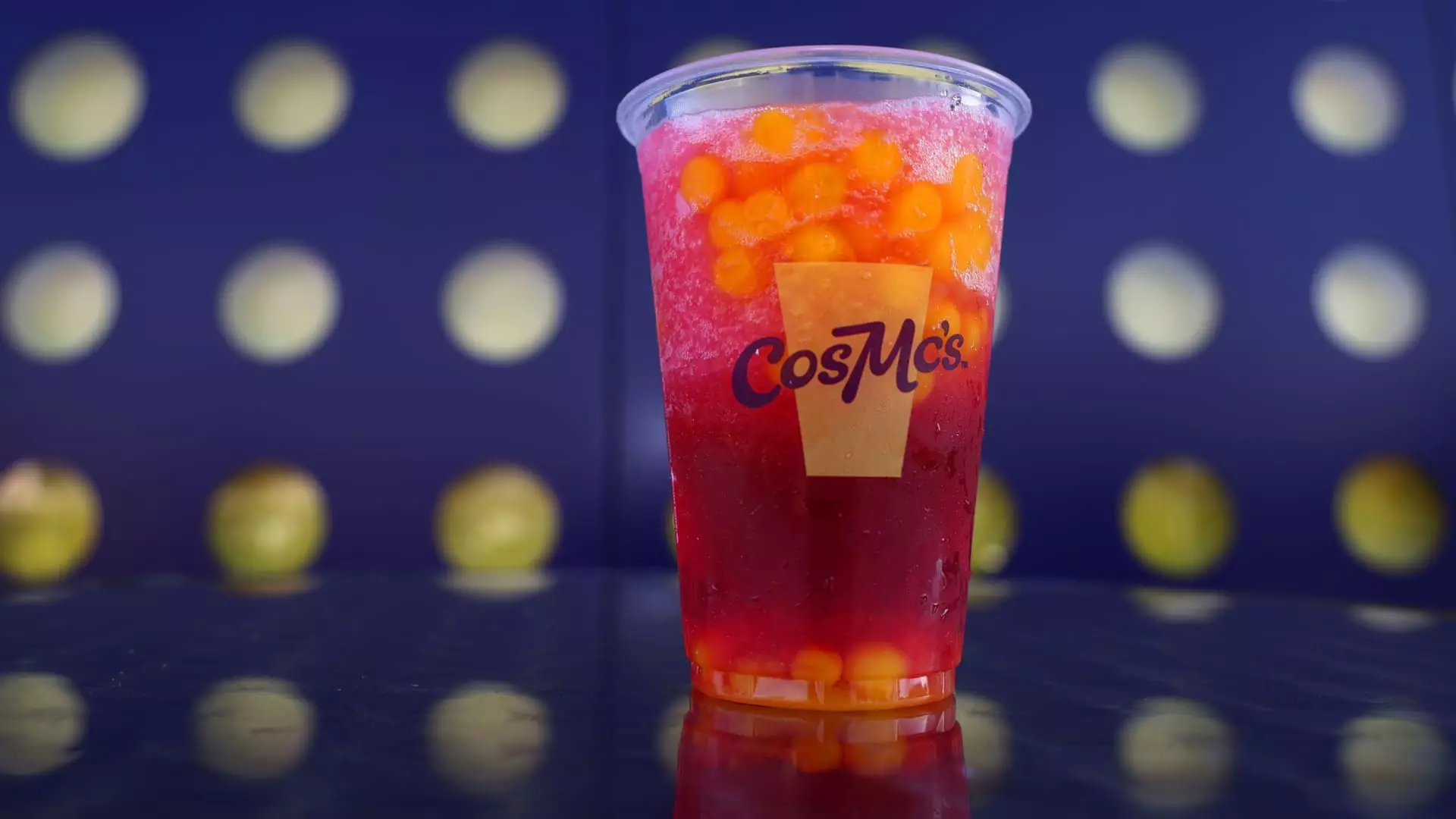The fast-food industry is currently in the throes of a flavor revolution, and at the heart of this trend is a thirst for exotic beverages. Big names that once thrived on dependable fried chicken and burgers are making bold forays into the drink market, all with the aim of winning over younger consumers. Fast-food chains such as Chick-fil-A, Taco Bell, and McDonald’s are pioneering this new frontier with their creative drink offerings, incorporating seasonal fruits and a medley of colors to attract Gen Z, the demographic that represents the future of consumption. But is this shift genuinely focused on consumer enjoyment, or is it a calculated strategy to bolster profit margins under the guise of “fun” and “exotic”?
Commercialization of Creativity
Chick-fil-A’s seasonal Pineapple Dragonfruit drink might sound like a refreshing summer treat, but with the sugary syrups and premium pricing that accompany these offerings, one has to question whether this is a genuine attempt to cater to diverse tastes or simply a clever maneuver for revenue enhancement. Taco Bell’s installation of the Live Mas Café, for instance, seems primarily focused on elevating beverage sales rather than addressing any genuine consumer thirst for innovation. The chain’s plans to build a $5 billion beverage business by 2030 sound more like an ambitious financial projection rather than a customer-centric service overhaul.
This influx of intensely-flavored drinks raises eyebrows. With market research indicating a rise in beverages that surpass traditional sodas in sugar levels, are we really looking at a healthier alternative, or are these trendy offerings just another clever marketing ploy? For chains like Wendy’s, which now feature flavors like blueberry pomegranate, the approach appears opportunistic rather than altruistic. The marketing rhetoric implies a commitment to flavor diversity, but the reality suggests a pocket-filling endeavor masked by the allure of trendy concoctions.
Trends Driven by Generation Z
Young consumers are undeniably at the center of this radical transformation. They have a penchant for vibrant flavors and are experimenting with an array of drink types. However, one cannot ignore the disturbing trend that accompanies this experimentation—namely a disconnection from dietary awareness. While Gen Z is lauded for their openness to new flavors, they simultaneously accept the growing sugar content as a “little treat.” This paradox raises ethical concerns about the responsibilities of companies towards their consumers, not just from a health perspective but from a moral standpoint focused on corporate accountability.
As Claire Conaghan, a respected trendologist, suggests, this generation seems to be aware of the sugar content but chooses to proceed regardless. Is it responsible for fast-food chains to lead consumers down this path, framing sugary drinks as an acceptable indulgence? Certainly, there is a thrill in the newness that attracts Gen Z, yet a more ethical approach would be to offer genuinely lower-sugar options rather than merely masking caloric excess with colorful branding.
Capitalizing on Beverage Innovation
Beverages, thus, have become a goldmine that chains are eager to exploit. Fast-food giants recognize that drinks hold a higher margin than food items, making them lucrative for cross-selling and upselling. The strategy revolves around the ease of modifying drink offerings compared to introducing entirely new menu items, showing once again that practicality often trumps consumer health. For instance, the change from Frosty-ccino to Frosty Cream Cold Brew at Wendy’s appears to be a pivot toward more profitable drink options rather than a merit-based evolution of their beverage offerings.
Additionally, leading companies are tapping into burgeoning trends like bubble tea. While this is marketed as innovative, it is fundamentally an extension of existing sugary beverage formats. Taco Bell’s Dirty Baja and McDonald’s customizations reflect a complacent reliance on sugary concoctions rather than a pioneering spirit aimed at addressing consumer desires authentically. The aim is clear: make things visually appealing and health concerns irrelevant, as consumers chase aesthetic value over nutritious ones.
The Illusion of Choice
The influx of choices in the beverage realm at fast-food restaurants does not equate to a meaningful consumer empowerment. Instead, it fosters a culture of overwhelming options imbued with the same unhealthy essence. Chains are incessantly pushing sugary substitutes under the facade of creativity, which might lead to short-term sales boosts but at the peril of long-term consumer health and brand integrity.
By creating this false sense of diversity, these giants gamble on consumer ignorance regarding ingredients and nutritional value. It appears the fast-food beverage revolution is more about reinvigorating excitement while sacrificing transparency than about fostering healthier or genuine alternatives. In a marketplace overrun by quick fixes and instant gratification, ethical consumption must become a focal point, lest today’s sweet indulgences translate into tomorrow’s health crises.
This moment of truth for fast-food industry players should lead them to reconsider their priorities: profit or the well-being of a consumer base desperate for genuine, conscientious choices?


Leave a Reply